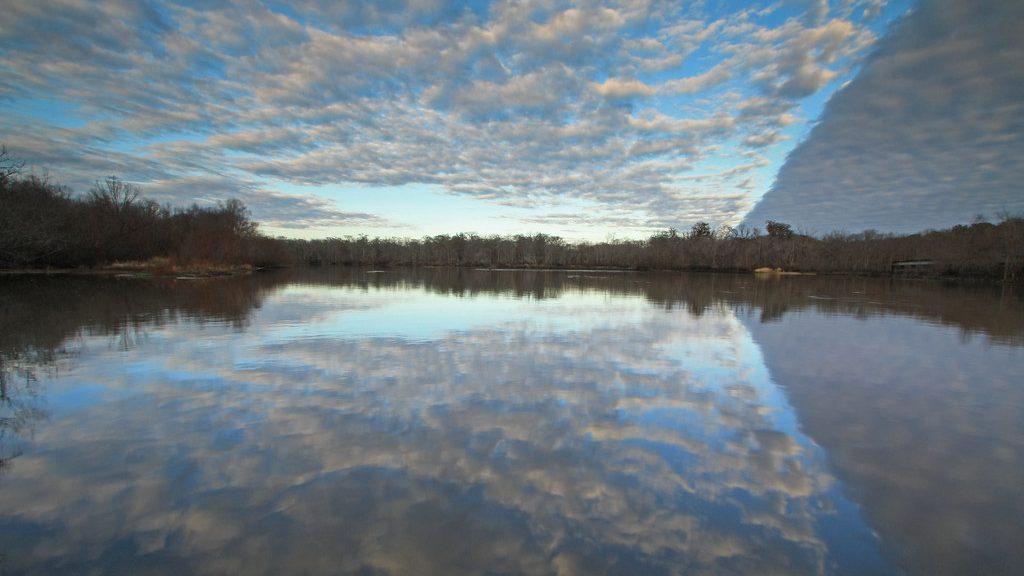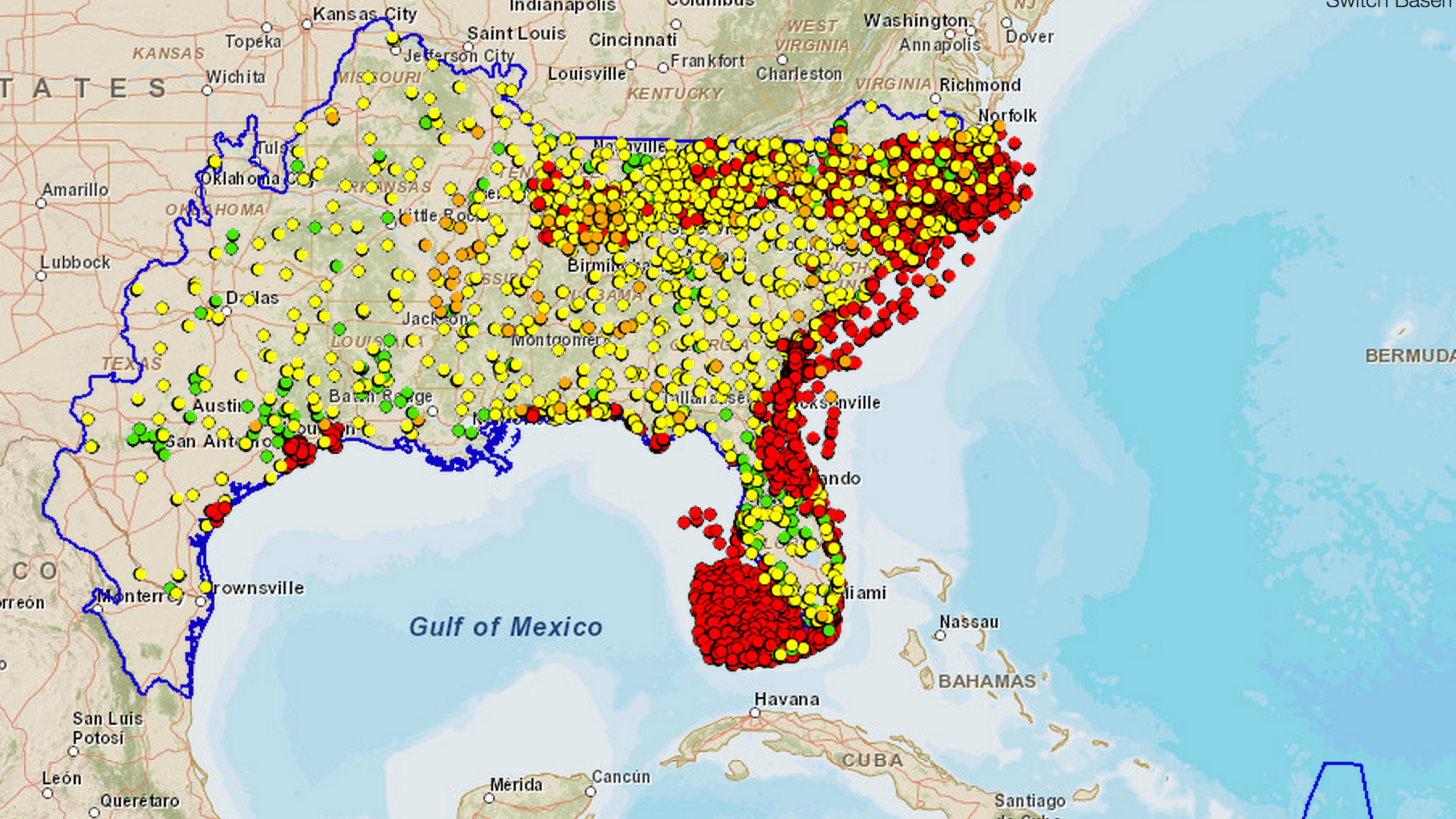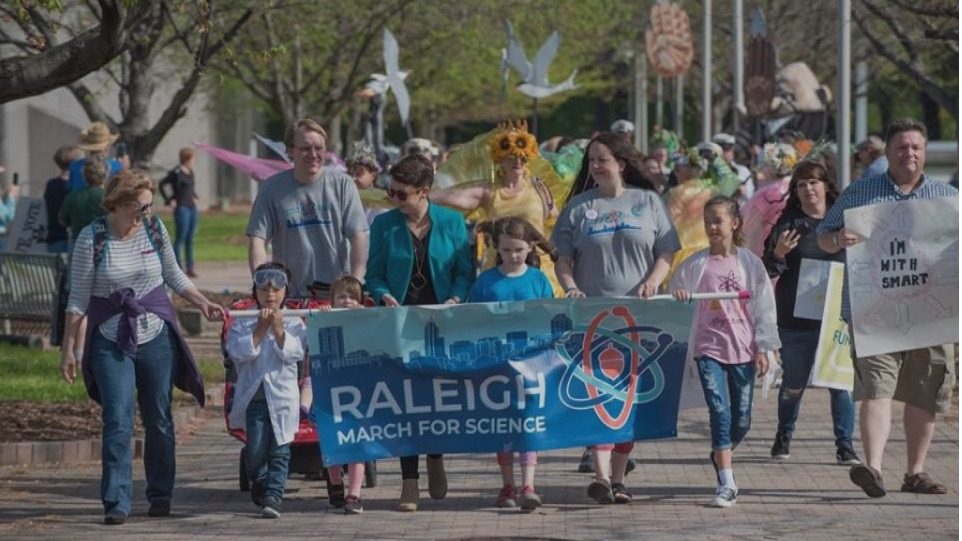Background Information About Climate Change
Introductory Information
Background Information About Climate Change - Introductory Information
| Title | Source | Description |
|---|---|---|
| Climate Indicators Report | EPA | With help from their partners, the Environmental Protection Agency (EPA) compiles a set of indicators tracking signs of climate change. These indicators represent a selected set of key measures of climate change, and are not an exhaustive group of all climate change indicators. |
| A Discussion on Climate Change: Evidence and Causes | NAS | Written by a UK-US team of leading climate scientists and reviewed by climate scientists and others, the publication is intended as a brief, readable reference document for decision makers, policy makers, educators, and other individuals seeking authoritative information on the some of the questions that continue to be asked. The team was convened under the U.S. National Academy of Sciences (NAS) and the U.K.’s Royal Society. |
| What We Know | AAAS | An American Association for the Advancement of Science (AAAS) compilation of “what we know” about climate science. |
| The Carbon Cycle | NASA | By burning coal and oil, people are adding old carbon to the atmosphere faster than plants and the oceans can take it out. The carbon in the atmosphere acts like a blanket trapping heat and making the planet warmer. National Aeronautics and Space Administration (NASA) carbon expert Peter Griffiths explains. |
| Climate Basics | USFS | This U.S. Forest Service site provides several resources that introduce the topic of climate change and discuss some of its implications for natural resource managers. |
| State of the Climate in 2020 | American Meteorological Society | The state of many monitored climate variables and the 2020 climate conditions of regions around the world. |
Education/Communication
Climate Communication – Interinstitutional
Learn more.
Climate Change Education – NCSU
Learn more.
Yale Project on Climate Change Communication – Yale University
Learn more.
Center for Climate Change Communication – George Mason University
Learn more.
Center for Research on Environmental Decisions – Columbia University
Learn more.
Climate Change Resource Center – Forest Service
Learn more.
Climate Literacy – University of British Columbia
Learn more
C-ROADS Climate Change Policy Simulator – Climate Interactive
Learn more
Teaching Climate – NOAA
Learn more



